Blue fruits are rare and unique in the produce world, standing out with their deep, vibrant hues. These fruits get their color from natural pigments called anthocyanins, which are powerful antioxidants.
Blue fruits often have a sweet-to-tart flavor and are rich in vitamins and minerals, contributing to a healthy diet. They can be enjoyed fresh, in smoothies, desserts, or as part of savory dishes, adding a pop of color and a nutritional boost.
Make sure not to miss the veggies that also share the same color profile as the fruit.
21 Popular Blue Fruits with Filters
Here are 21 blue fruits complete with filters for you to see these options used in dishes, beverages, and garnish. Then, uncover a few fruits seen as national, exotic, or even fruit vegetable options.
Blueberry
- Canada
- United States
- For Beverages
- For Dishes
- For Garnish
- National
Blueberry is a small, round, and blue to purple fruit, adored for its sweet and slightly tangy taste. Native to North America, blueberries are highly versatile in cooking, perfect for fresh consumption, baking, smoothies, and jams.
Interestingly, these berries thrive in acidic soils and are popular in both wild and cultivated forms.
Blackberry
- For Beverages
- For Dishes
- For Garnish
Blackberries are one of the most common blue fruits in the genus Rubus. The berry is a juicy, dark purple to black fruit that grows on thorny bushes or trailing vines.
Known for their sweet and slightly tart flavor, these berries are perfect for adding to dishes or being made into sweet delicacies like jam.
Concord Grape
- For Beverages
- For Dishes
Concord grape is a dark blue or purple grape variety with a robust, sweet, and slightly tart flavor. Ideally, these juicy grapes are for making juice, jelly, and wine.
Originating in the United States in the 19th century, this grape has a “foxy” aroma, a term that describes its uniquely strong, musky scent. They have a thick skin and contain seeds, distinguishing them from seedless table grapes.
Black Currant
- For Beverages
- For Dishes
Black currants are edible fruits that grow mainly in some areas of Europe and Asia. These fruits have a dark blue color and are small in size.
Black currants often grow in bunches and offer a taste similar to passion fruit combined with a slight sourness.
You can eat them raw or use these currants to make jam, juice, syrup, and other dishes.
Bilberry
- Exotic
- For Beverages
- For Dishes
Bilberry is a small, dark blue fruit similar in appearance to a blueberry but with a tangy flavor and soft flesh. Native to Europe, it thrives in mountainous regions and is prized for its high antioxidant content.
Enjoyed both fresh and processed into jams, juices, and dietary supplements, bilberries are renowned in many dishes.
Damson
- For Dishes
Damson fruit is a type of plum, small and oval-shaped, with smooth, shiny skin that ranges from deep blue to indigo. Known for its tart and slightly astringent flavor when raw, damsons boast a sweet and rich when cooked.
The plums are excellent for making jams, jellies, and desserts. Damsons are cultivated widely across Europe and in parts of North America.
They contain a single large seed and ripen late in the summer to early autumn.
Huckleberry
- Exotic
- For Dishes
Huckleberry is the small, edible fruit of various plant species, primarily in the genus Vaccinium. They are similar to blueberries but have distinct characteristics like intense sweetness and slight tartness.
When ripe, the berries can range from red, and blue, to almost black. Found in the wild, particularly in mountainous and forested areas of North America, huckleberries are foraged for adding to pies or making into jams.
Saskatoon Berry
- Exotic
- For Dishes
Saskatoon berry, also known as serviceberry or juneberry, is a small, dark fruit boasting a unique, sweet, nutty flavor. Native to North America, these berries grow on shrubby trees and are prized for their nutritional benefits.
Saskatoon berries are great for eating fresh, dried, or used in various dishes, including pies, jams, and wines. Their mild, almond-like taste makes them a favorite ingredient in desserts and savory recipes.
Chokeberry
- For Beverages
- For Dishes
Chokeberry fruit, specifically from the Aronia genus, is known for its small, round, dark berries. They are renowned for their sharp, astringent taste, which can make the mouth feel dry, hence the name “chokeberry.”
Native to North America, chokeberries are commonly consumed in processed forms, such as juices, jams, syrups, or as nutritional supplements, rather than fresh.
Juniper Berry
- For Beverages
- For Dishes
- For Garnish
Juniper berry is not a true berry fruit, but the seed cone is from various species of juniper trees, most commonly Juniperus communis.
These small, round cones have a fleshy, blue-to-purple-black appearance. Plus, they boast a pungent, piney flavor with hints of citrus and pepper.
Widely known for their use in flavoring gin, juniper berries are also used in European and Scandinavian cuisines to season game meats, pork, and sauces.
Indigo Rose Tomato
- For Dishes
- Fruit Vegetables
The Indigo rose tomato is a distinct cultivar, notable for its deep blue, purple, and almost black coloring. Developed at Oregon State University, this variety was designed to have higher levels of antioxidants.
The tomatoes turn from a striking indigo to an almost black shade on the side exposed to the sun, while the shaded side turns red when ripe. These tomatoes offer a mildly acidic flavor with a hint of sweetness.
They are medium-sized, making them a visually appealing addition to salads, dishes, or healthy snacks.
Blue Tomato
- Exotic
- For Dishes
- Fruit Vegetables
Blue tomato is a distinctive variety characterized by its deep blue to purple skin, attributed to the high levels of anthocyanins and antioxidants. Despite its colorful exterior, the inside often resembles the red or pink flesh typical of conventional tomatoes.
These tomatoes offer a slightly sweeter and tangier taste, making them an ideal choice for adding to a range of culinary creations.
Ribier Grape
- For Beverages
Ribier grapes are a variety of table grapes known for their large, dark blue or purple berries. Interestingly, they’re seedless, making them a preferred choice for fresh consumption.
These grapes have a sweet, juicy flavor with a hint of tartness. The grapes’ thick skin contributes to their firm texture, with people often enjoying them on their own as a snack or used in salads and fruit platters.
Texas Blue Giant Fig
- For Dishes
Texas blue giant fig is a variety of fig trees known for producing large, sweet fruits with striking, deep purple-blue skin. Furthermore, the fruit features lush pink inner flesh.
Usually, these fruits ripen in late summer to early fall. They are ideal for fresh consumption to savor the sweet inner content.
Blackthorn
- Exotic
- For Beverages
Blackthorn, also known as sloe, is a small, dark, and tart berry, native to Europe, western Asia, and northwest Africa. These fruits are about the size of a large blueberry, boasting a purplish-black as they ripen in late autumn.
The skin is slightly astringent, while the flesh is sour, making them famously used to make sloe gin, a type of liqueur. They’re also used in jams, jellies, and syrups, for a sharp flavor.
Honeysuckle
- Exotic
Honeysuckle is a small, red, or black berry found in some honeysuckle species, notable for their sweetly scented flowers. Surprisingly, these honeysuckle berries are considered toxic to humans.
Only a few varieties, like the honeysuckle or lonicera caerulea, produce fruits that are safe to eat. These edible varieties yield blue or blackish berries that can be consumed fresh or used in jams, yogurts, and other dishes.
Blue Sausage Fruit
- Exotic
Blue sausage fruit, or dead man’s fingers, is a fruit with unique, medicinal properties along with a light blue, sausage shape.
They are about 10 cm long and native to Eastern Asia, especially in China, Myanmar, and Nepal. These fruits hang in clusters, providing a jelly-like texture inside, filled with numerous seeds, and offer a sweet, mild taste.
Elderberry
- Exotic
- For Beverages
- For Dishes
Elderberry is a small, dark purple berry native to parts of Europe, Africa, and Asia. Known for its tangy flavor, elderberries are often cooked and used in syrups, jams, wines, and teas.
Remember, the berries must be cooked before consumption, as their fresh form contains compounds that can be toxic.
Blue Marble Fruit
- Exotic
Blue marble fruits, also known as elaeocarpus angustifolius, are small, round, blue fruits resembling marbles. Native to Australia’s rainforests, this fruit belongs to a large evergreen tree that is also valued for its ornamental beauty.
The fruits have minimal flesh and large seeds, but they are a significant source of food for various bird species.
Blue Olive
- Exotic
- For Dishes
Blue olive is a completely bright blue fruit with green flesh and a soft texture. These fruits offer a slightly sour taste when they’re ripe.
People use blue olives in the cooking and medical fields because they are rich in nutrients. They are popularly used in Sri Lanka and India.
Laurestine
- Exotic
Laurestine, also known as viburnum tinus, is an evergreen shrub producing small fruits with a dark blue color. It blooms during late winter to early spring, offering a display of small, fragrant white or light pink flowers in dense clusters.
Once the dark blue-black berries are formed, they are often utilized and grown for the fruit’s glossy appearance.
What Vegetables Come with a Blue Color?
Aside from fruits, vegetables are also available in a mesmerizing blue color. Therefore, you should check out some blue veggies:
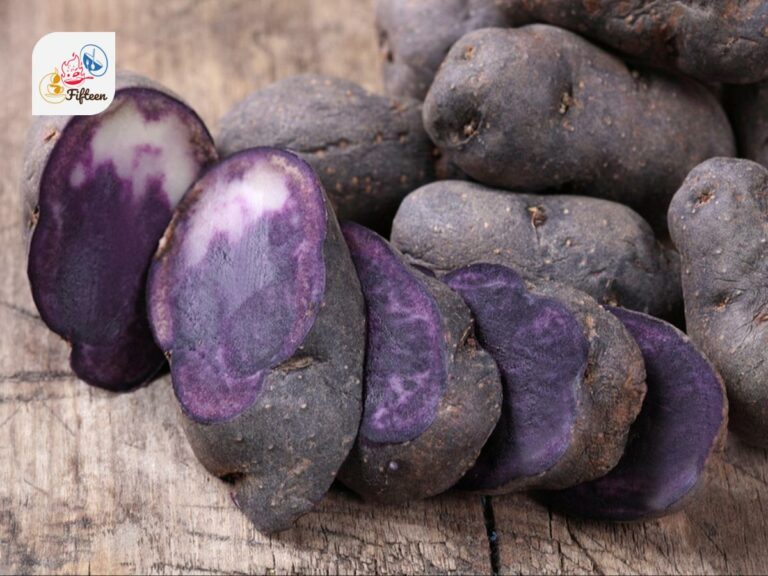
Blue Potato
Blue potato is a variety of potato with a distinctive blue to purple flesh. It’s known for its unique color, slightly nutty flavor, and antioxidant properties.
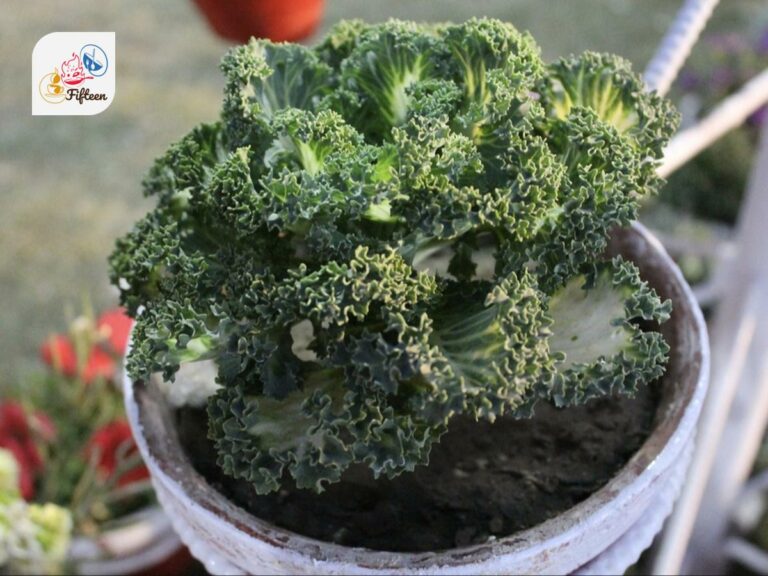
Blue Kale
Blue kale is a type of kale that appears blue-green and is packed with vitamins and antioxidants. It has a robust flavor and can be used in salads, smoothies, or as a cooked green.
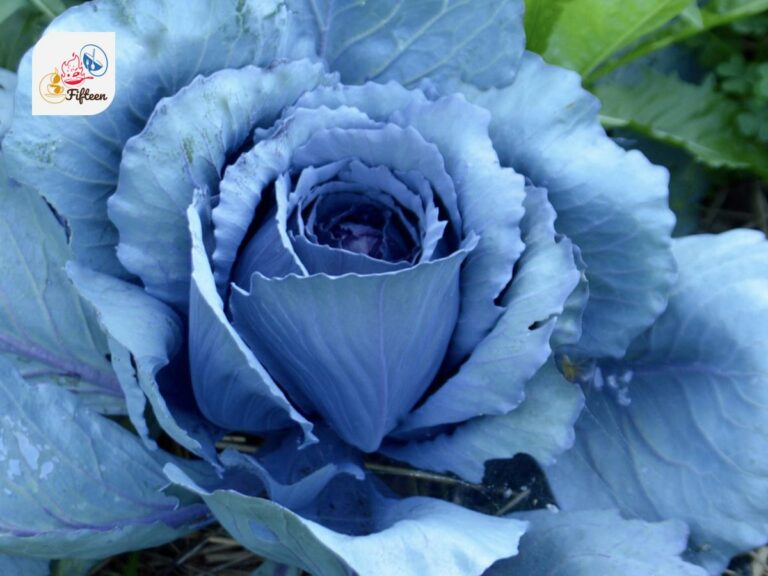
Blue Cabbage
Blue cabbage is a vibrant vegetable that, despite its name, is usually purple, adding a colorful twist to dishes. Rich in nutrients and antioxidants, it has a slightly peppery flavor when raw and becomes sweeter when cooked.
What do you think about the vegetable options with a blue color? They serve as a great addition to enhance a meal’s appearance.
How many of the blue fruits do you know? Tell me more now in the comment section below, and don’t forget to share these fruits with your friends.


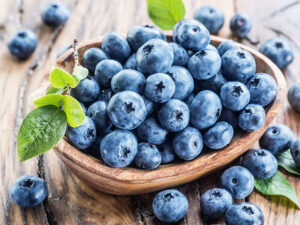
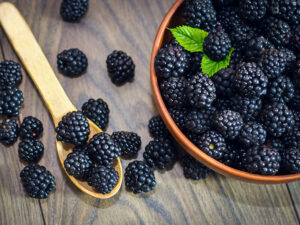
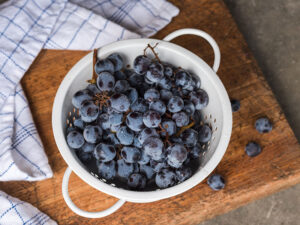
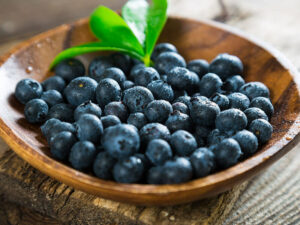
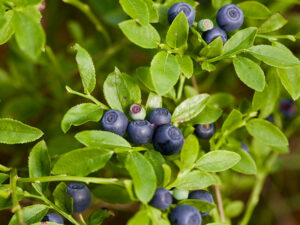
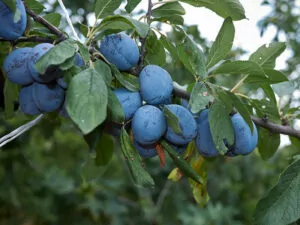
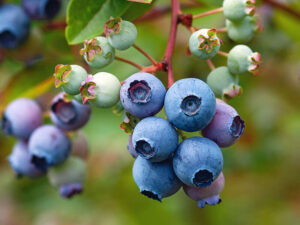
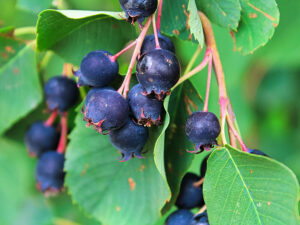
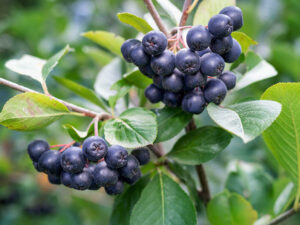
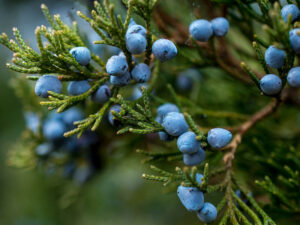
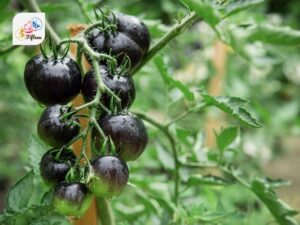
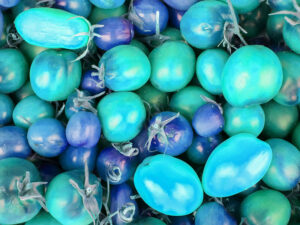
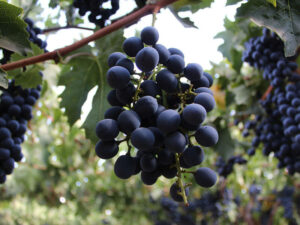
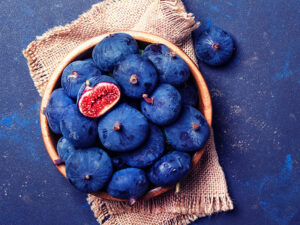
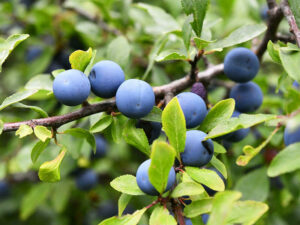
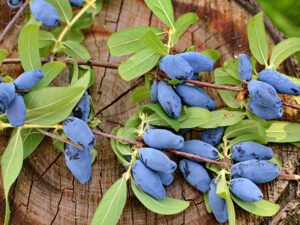
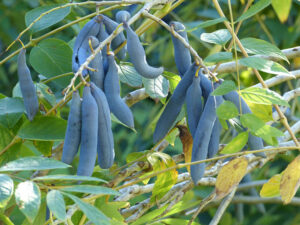
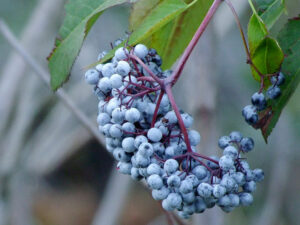
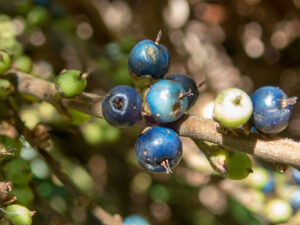
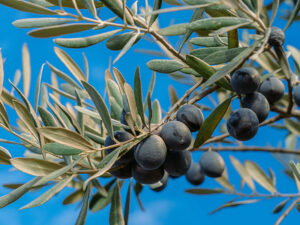
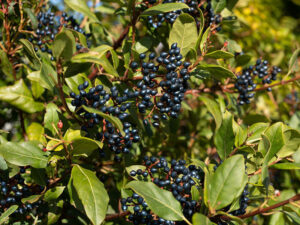
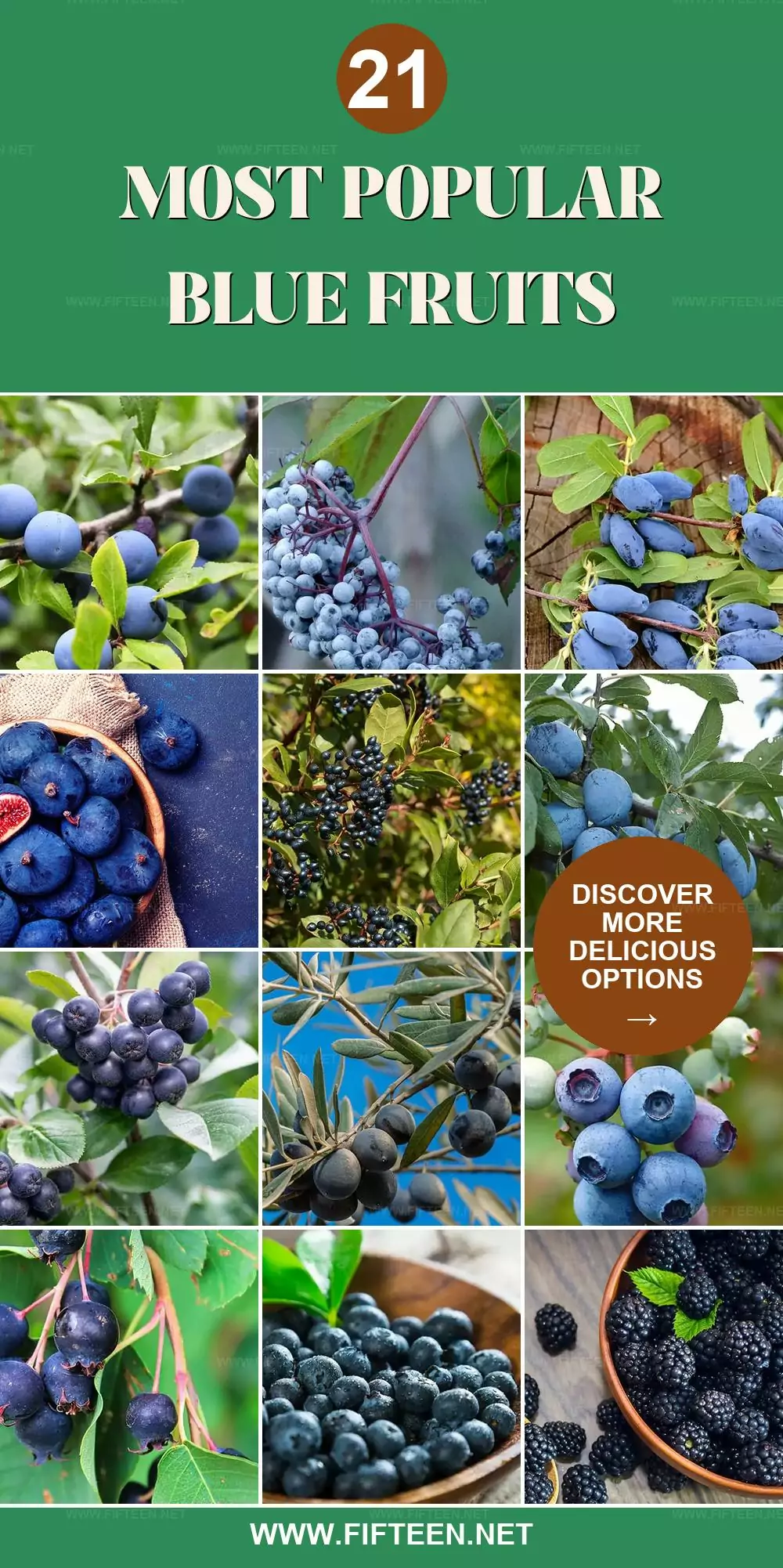
Jamie Scott
Editor in Chief, Senior Content Writer
Expertise
Home Cooking, Meal Planning, Recipe Development, Baking and Pastry, Food Editor, Cooking-video Maker, Western Food Evaluation Expert
Education
Le Cordon Bleu College of Culinary Arts
Local Community College, New York, NY
Jamie Scott is a skilled culinary expert and content creator specializing in Western cuisine. With over 15 years in the culinary field and formal training from Le Cordon Bleu, Paris, Jamie deeply understands how to blend nutrition with delicious flavors. His passion for cooking matches his commitment to making healthy eating accessible and enjoyable.
On Fifteen.net, Jamie brings a fresh perspective to classic dishes and beverages, offering readers insightful recipes, cooking tips, and a fresh view on meal planning that emphasizes taste, health, and simplicity.